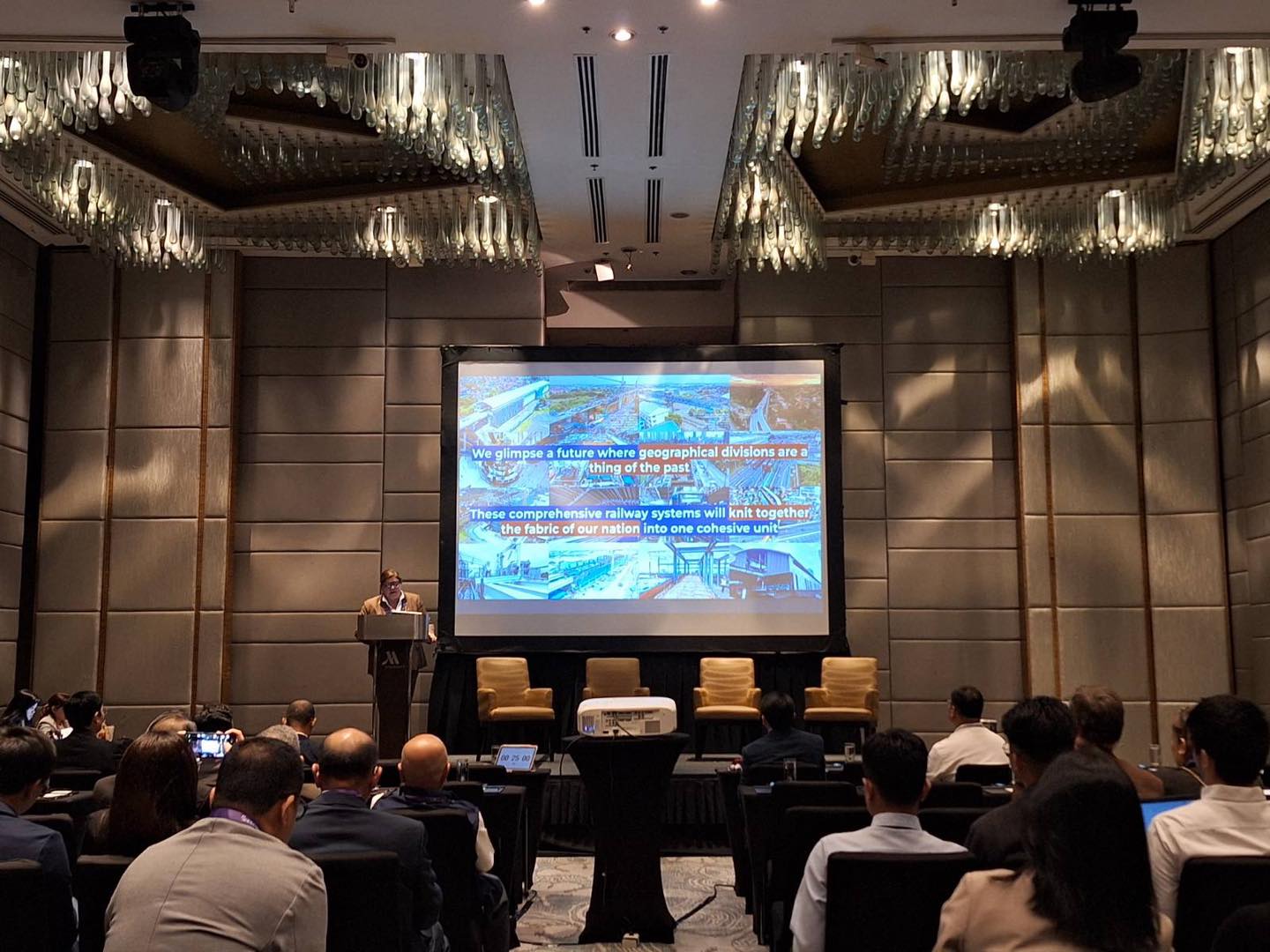
The Philippines is entering the "railway renaissance," characterized by a unified network of railways helping bolster the economy and regional cooperation, according to Transportation Assistant Secretary for Railways and MRT-3 Officer-in-Charge Jorjette B. Aquino.
In a conference attended by rail experts and executives on June 26, Asec. Aquino said that "that 23 out of the 69 infrastructure projects of the DOTr are for the improvement and expansion of the railway network signals that the railway system is a priority of the administration."
Five of such projects are already under construction: the North-South Commuter Railway System, Metro Manila Subway Project (Phase 1), LRT Line 1 Cavite Extension Project, MRT Line 7, and the MRT Line 3 Rehabilitation and Maintenance.
Another five of the projects are in the pre-construction stage, and 13 are in the project development stage.
"The significant share of railways in the list of infrastructure flagship projects showcases the Marcos administration's thrust and commitment in the revival of the Philippine railway network, through its Build Better More campaign," she said.
With the abovementioned projects, Asec. Aquino added that by 2030, the length of railways in the Philippines would total to 1,233.08 km, a 356.43% increase from the existing 270.16 km.
"We will connect key growth centers with emerging communities to equitably spur economic opportunities. These new railway lines are poised to play a pivotal role in the country's development agenda," said Asec. Aquino.

"By creating a comprehensive and interconnected rail network, we are laying the tracks for improved accessibility, faster travel times, and increased economic opportunities for all Filipinos," she added.
Asec. Aquino served as a guest speaker in the PhilRailway Tech Conference held on June 26 at the Manila Mariott Hotel in Pasay.
